Bose Ultra Open Earbuds


Bose’s take on the new wearable audio category looks promising, with its comfortable design and premium features in Immersive Audio technology and aptX Adaptive audio support. They come with a premium price though, making them one of the more expensive wearable audio options so far.
Key Features
- Immersive AudioTurns stereo music into 3D audio
- Bluetooth supportaptX Adaptive and Snapdragon Sound support
- OpenAudioFires audio into the ear without leakage
Introduction
After a soft launch with fashion brand Kith, Bose has launched the ‘standard’ version of its Ultra Open Earbuds as it looks to capitalize on the growing interest in the wearable audio market.
Although it would seem easy to define what wearable audio is, the most obvious categorization would apply to every headphone ever made. Wearable audio appears to be more a mesh of audio and awareness, the ability to hear what’s around you without being taken out of the music you’re listening to.
That would at first seem a contradiction, but Bose is looking to offer its own distinct take in a new and growing market. Here’s how I got on with the earbuds ahead of the official announcement.
Design
- Comfortable design
- IPX4 rating
- Physical controls
The concept of the Ultra Open Earbuds feels more like a fashion accessory than a true wireless earbud. Like the Huawei FreeClip, the earphones fasten around the earlobe with Bose’s “cuff design”. They’re not intended to block the ear canal, allowing sounds to pass through freely, but through the driver in the earbud they fire audio towards it.
At first, it’s a little strange trying to figure out how to clip the earphones on, but after a while it becomes rather easy, even if you’re using your predominantly weaker hand. Once on, though I can feel their presence, they don’t pinch or cause irritation. Bose claims you could possibly wear them all day – I’ll have to wait and see if that bears out through testing but in the time I’ve used them, I’ve not found the Ultra Open Earbuds to be a bother.
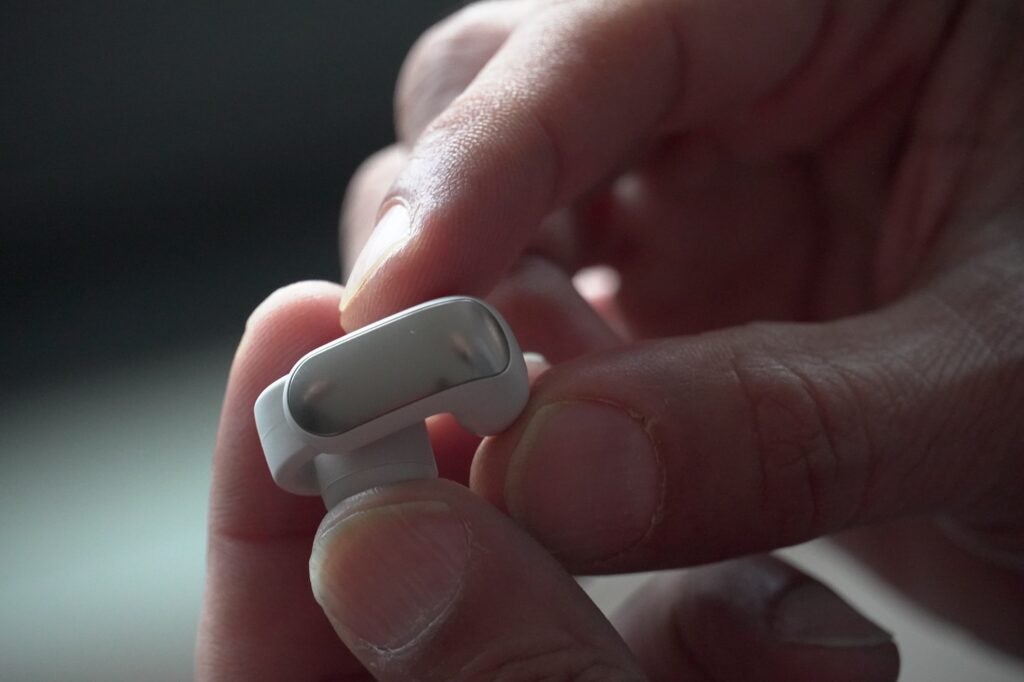
There are three distinct parts: the driver section and battery barrel, which are connected via a silicon coated flex arm. The weight is very low, and you can shift them up and down on your ear to get the best comfort or position from which to fire audio. It’s a rather clever design.
You can hear people talking at the same music is playing quite clearly, and when the earbuds aren’t being worn while music is playing, there’s virtually no leaking of audio.
On top of the battery barrel is a physical button which whenever it’s depressed emits a click, so you know it’s been pressed. I prefer to hold the top and bottom of the barrel in a pincer, that way the earbuds don’t move about. You can control playback, volume, the immersive audio feature, and any shortcuts through the buttons on each earphone.
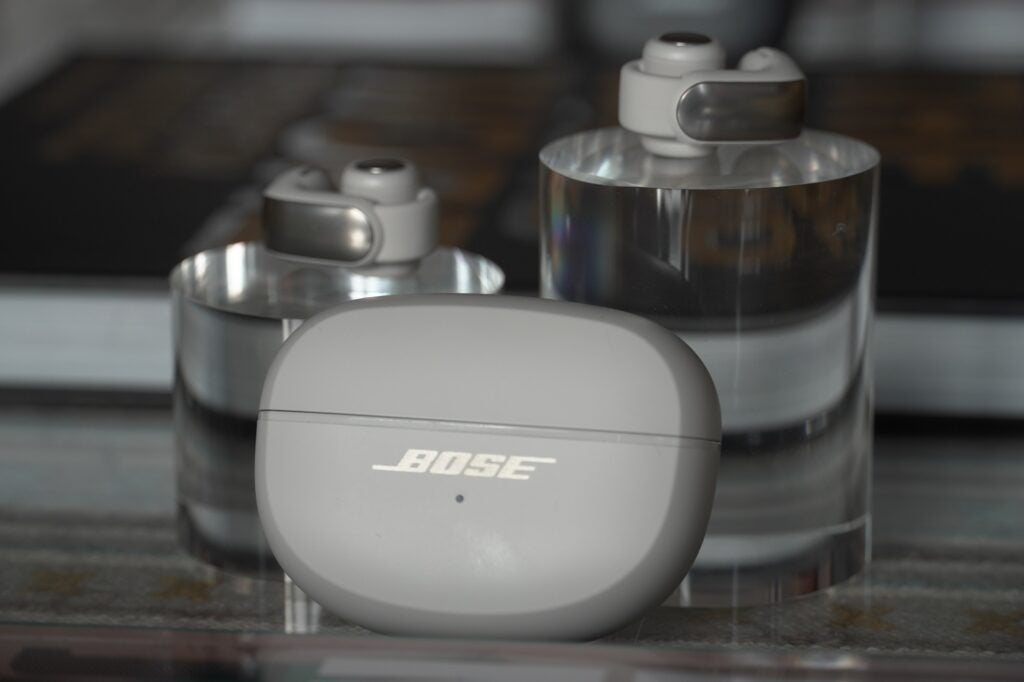
The earphones also look pretty great. The brushed metallic finish gives them a distinct look, and though there are only black and white finishes available now, I asked Bose whether there could be more colours down the line and they suggested there could be.
Considering the fashion emphasis of these headphones, it seems natural to have different colours to personalise them as you like – although perhaps not to the extent of the special edition Maluma wore that featured a diamond encrusted design worth about $20,000.
There’s an IPX4 rating to guard against water and moisture. The charging case is compact, and the earbuds magnetically fasten in a secure manner when placed inside. There’s a Bluetooth pairing button as well as a USB-C port for charging on the underside.
Features
- aptX Adaptive support
- Bose Immersive Audio
There is, of course, no noise-cancelling or transparency mode. The open-air design negates the need for either of those features.
Bluetooth support equals v5.3, with support for SBC, AAC, and aptX Adaptive (for Android devices). There’s also Snapdragon Sound support for those who want a higher quality Bluetooth performance with compatible devices.
Given the more casual, mainstream outlook of these headphones, Snapdragon support feels like overkill, but welcome nevertheless for those who want it, especially the low latency performance with video and audio.
There’s Google Fast Pair for connecting swiftly with Android devices, though you can also use the old-fashioned method of pressing the Bluetooth button too.
Through the Bose Music app you can monitor battery life, volume control, adjust EQ settings and switch modes – a choice of Stereo or Immersion. Immersive Audio is supported on the Bose’s other Ultra headphones and turns stereo audio into 3D. There’s a (very brief) calibration process to set up. If you find that immersive audio doesn’t sound right, it can always be re-calibrated.
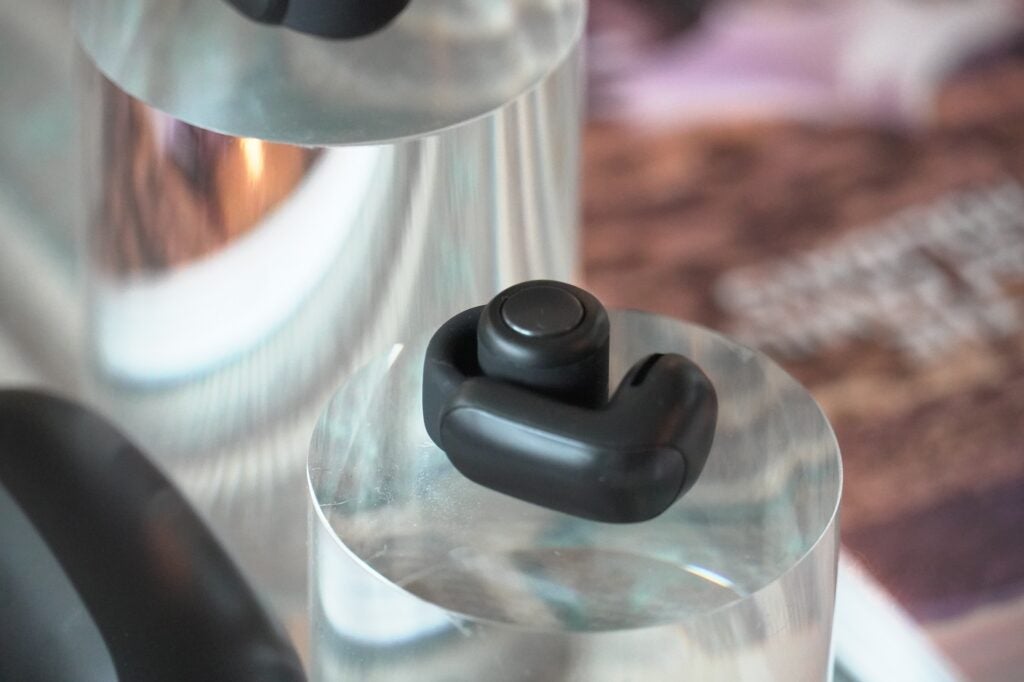
There’s a choice of two Immersive Audio modes in Still and Motion. The former keeps 3D audio fixed right in front of you, so if you move your head to the right, music doesn’t travel with you. With Motion, music does travel as you move your head, keeping the listener in that immersive space as you walk about.
Immersive Audio does affect battery life. In general, Bose expects 7.5 hours from the Ultra Open Earbuds, which is more than the Sony LinkBuds 5.5. With immersive audio on, that figure drops to 4.5 hours.
There’s another 19.5 hours from the charging case (12 with immersive audio on), that makes for about 28 hours in total. Fast charging is supported with ten minutes providing two hours, and there is wireless charging support, though it requires a slip-on accessory for the case to enable it. I’m not fussed about wirelss charging, but that is a strange implemenation of it.
More features are coming via future updates. The Auto Volume feature that adapts the volume in accordance with how loud the environment is, has come through. And Bose related to me that there’ll be an update that uses machine learning to better pickup voices during calls, and that’s coming to all of Bose’s Ultra headphones soon.
Sound Quality
- Clear audio
- Lacks extension with bass
Ultimately, despite this headphones’ wearable/fashion aspirations, they’ll live or die on how they sounds. First blush with these headphones indicate that they won’t offer the type of performance you’ll get from sealed designs, such as Bose’s own QuietComfort Earbuds II, but that’s less the point. These are a different proposition.
From the tracks I’ve listened to, the Bose offers clarity throughout the frequency range, though if you’re hoping for the sharpest, most defined, or punchiest performance then I think you’ll find these earphones limited in scope. The open-air design simply doesn’t allow for that, though the way in which it creates sound through an acoustic dipole and firing audio at two angles is impressive considering the size of the driver and where it is (although when I asked, Bose were not so keen on describing their “secret sauce” for tuning the sound).
But from what I listened to, Bose’s OpenAir technology does creates decent stereo image, and there’s decent punch to low frequencies that I get a sense of them, even if they’re lacking in depth and extension.
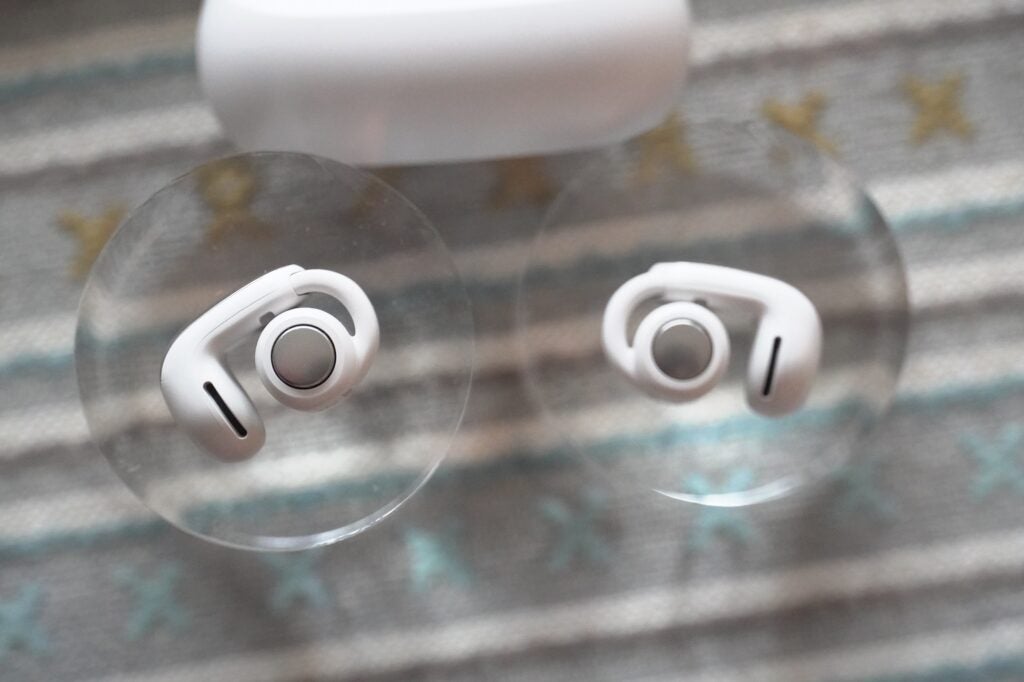
Voices come across clearly – the sound is mostly neutral and uncoloured to my ears – and I would say that the Ultra Open Earbuds benefits from higher quality audio. The higher the quality you feed them, the better they sound.
There’s an element of volume control required. Higher volumes do sound a little thin, not quite harsh but certainly roaming in that area.
The Immersive Audio certainly works, creating a wider and expansive soundstage that gets out of your head space. The head tracking effect is novel, and I think as long as you’re not expecting a sense of sounds whizzing to and fro, the effect works in a similar way to how some brands have implemented Dirac’s spatial audio solution. It’s a bigger, taller soundstage to enjoy music in; though I find the stereo mode offers more definition.
First Impressions
From this introduction to the Bose Ultra Open Earbuds, what I’ve taken from it is that it does work. This isn’t a half-baked solution looking to capitalize on this growing market – it comes across as a thought–out, well-engineered solution to something that more people are seeking.
Audiophiles need not apply, but more casual and potentially younger audience may be more attracted to the Ultra Open Earbuds. The price, however, keeps them within the premium market; significantly higher than the LinkBuds and Huawei FreeClip, as we ll as bone and air-conduction headphones.
The pricing ultimately may impact Bose’s fate but so far, the Ultra Open Earbuds look promising. A deeper dive into their performance in the coming weeks will provide more of a clue as to whether wearable audio is here to stay.
The post Bose Ultra Open Earbuds appeared first on Trusted Reviews.
Source Trusted Reviews ,Home Appliances Reviews

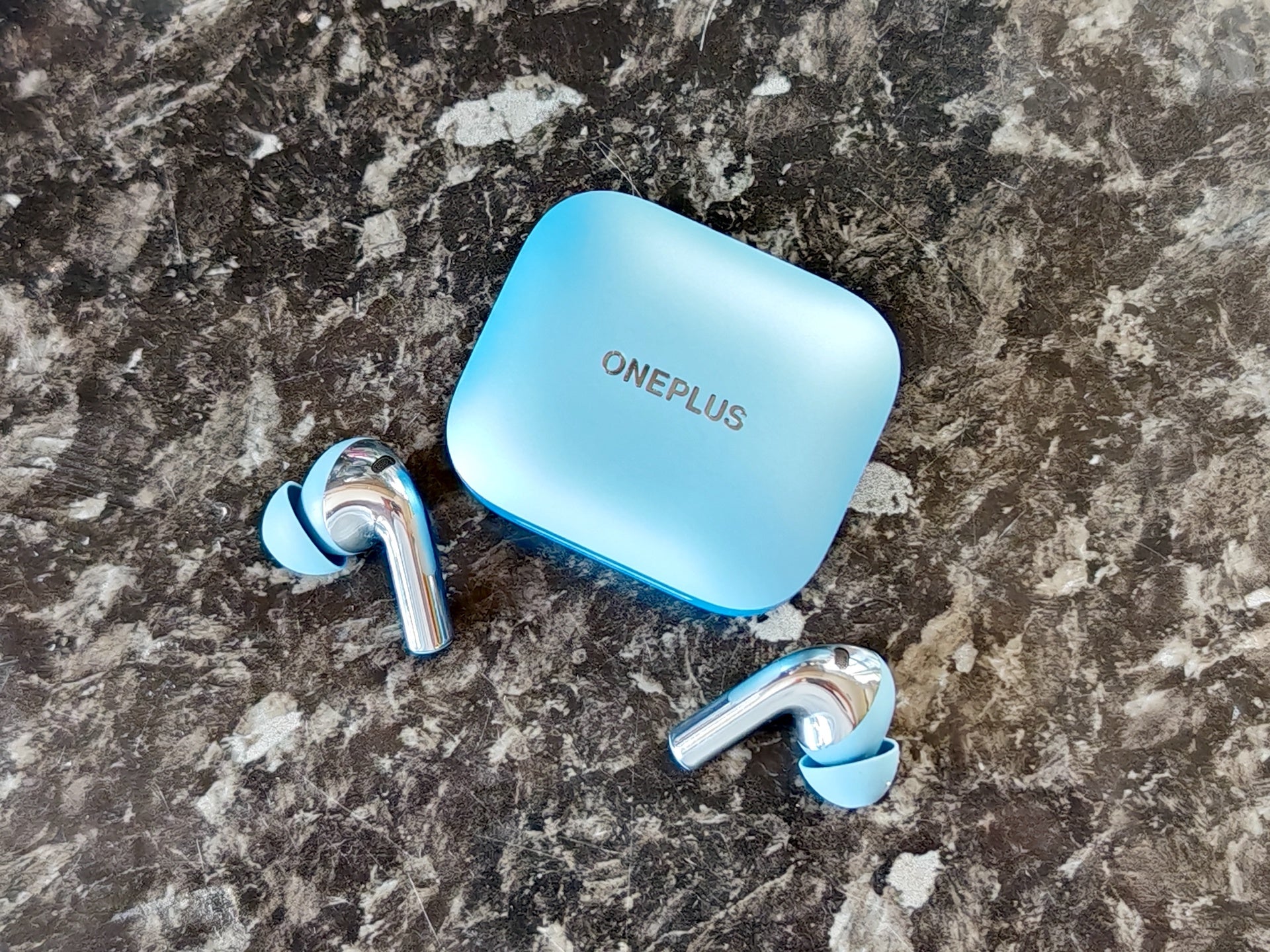
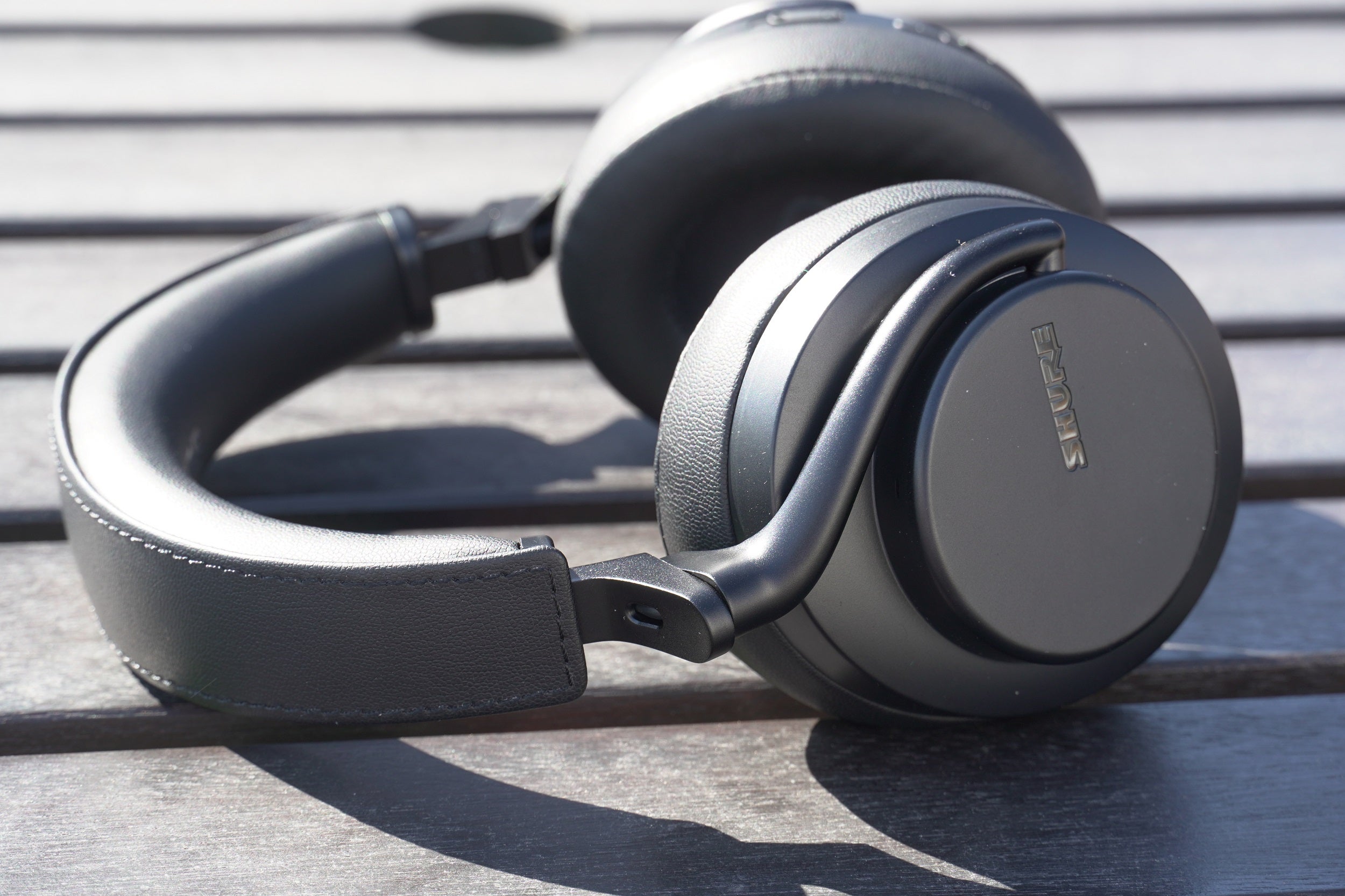


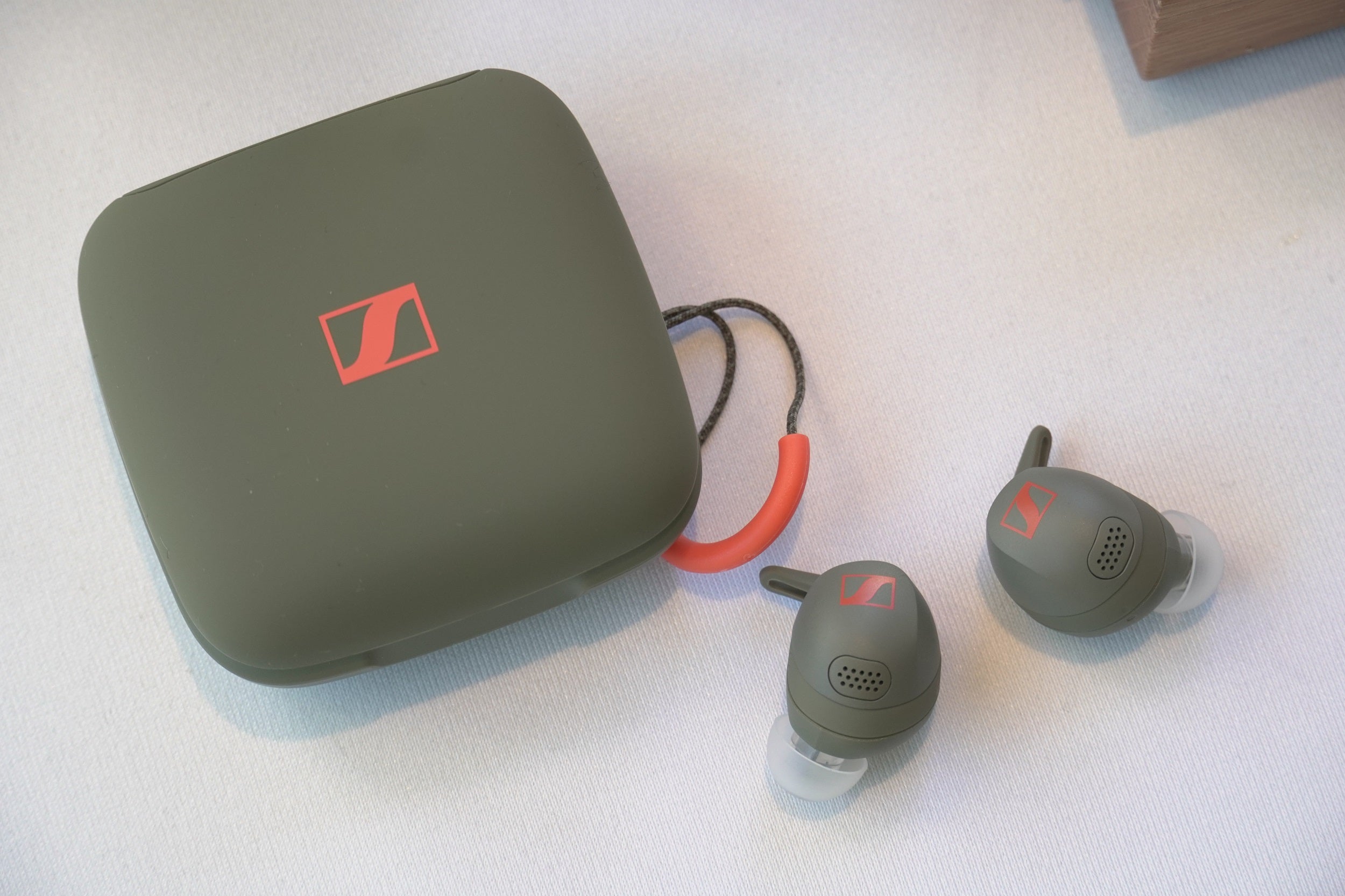

No comments